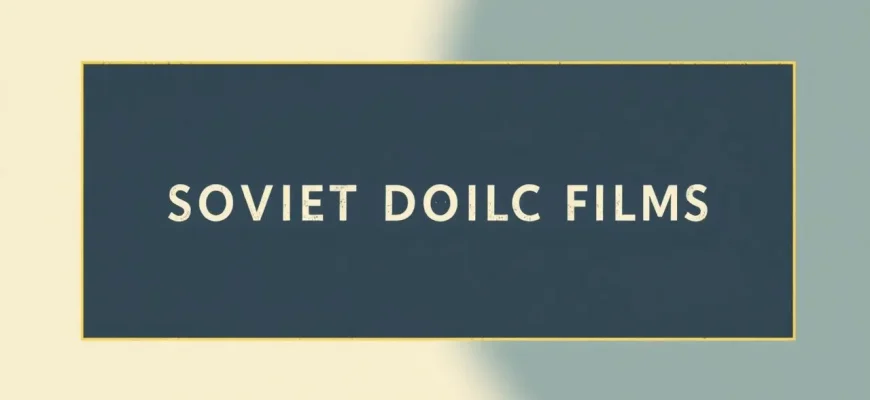Soviet cinema has always been known for its ability to capture the profound human experiences, often reflecting the tumultuous history of the USSR. This collection of 10 Soviet films delves into the theme of tragedy, exploring personal and collective losses, the impact of war, and the resilience of the human spirit. These films not only provide a window into Soviet life but also offer universal stories of love, loss, and survival, making them invaluable for anyone interested in cinematic storytelling and historical context.
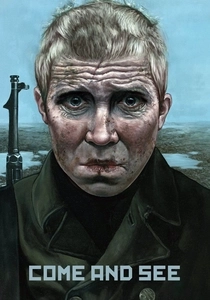
Come and See (1985)
Description: A stark, unflinching look at the horrors of war through the eyes of a young boy in Belarus during the Nazi occupation. It's a visceral depiction of the tragedy of war.
Fact: The film was shot in a documentary style, with real villagers and actual war relics used to enhance authenticity.
 Watch Now
Watch Now 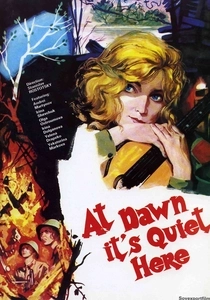
The Dawns Here Are Quiet (1972)
Description: Set in 1942, this film follows an all-female anti-aircraft unit and their tragic fate during a German offensive, showcasing the bravery and sacrifice of women in war.
Fact: It was remade in 2015, but the original remains a classic for its emotional depth and portrayal of female soldiers.
 Watch Now
Watch Now 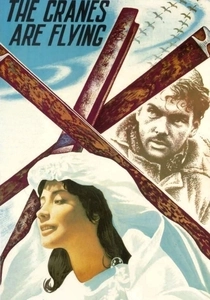
The Cranes Are Flying (1957)
Description: This film tells the story of a young couple separated by World War II, focusing on the emotional turmoil of the woman left behind. It's a poignant exploration of love, loss, and the effects of war on personal lives.
Fact: The film won the Palme d'Or at the Cannes Film Festival in 1958, making it one of the few Soviet films to achieve such international acclaim.
 30 Days Free
30 Days Free 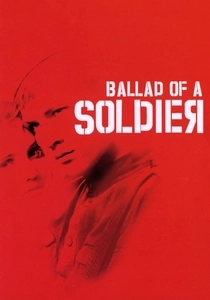
Ballad of a Soldier (1959)
Description: A young soldier, granted a brief leave to visit his mother, encounters various people whose lives are touched by the war. This film captures the essence of human kindness amidst the backdrop of tragedy.
Fact: The film was nominated for an Academy Award for Best Original Screenplay, highlighting its universal appeal.
 30 Days Free
30 Days Free 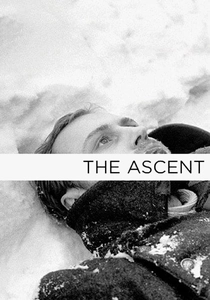
The Ascent (1977)
Description: Set during the German occupation of the Soviet Union, this film portrays the harrowing journey of two partisans, highlighting the moral and physical struggles they face.
Fact: Larisa Shepitko, the director, tragically died in a car accident shortly after the film's completion, making it her last work.
 30 Days Free
30 Days Free 
The House I Live In (1957)
Description: This film explores the life of a family during the Siege of Leningrad, focusing on their struggle for survival and the tragic losses they endure.
Fact: The film was one of the first to depict the Siege of Leningrad in such a personal and tragic manner.
 30 Days Free
30 Days Free 
Fate of a Man (1959)
Description: Based on a short story by Mikhail Sholokhov, this film follows a Soviet soldier's journey through the horrors of World War II, his survival, and the tragic losses he endures.
Fact: It was one of the first Soviet films to openly address the personal tragedies of war, moving away from the glorified depictions of heroism.
 30 Days Free
30 Days Free 
The Forty-First (1956)
Description: A tragic love story set during the Russian Civil War, where a female sniper falls in love with a White Army officer she is supposed to kill.
Fact: The film was remade in 1975, but the original is often considered more poignant due to its historical context.
 30 Days Free
30 Days Free 
The Fall of Berlin (1949)
Description: Although more of a propaganda piece, it includes tragic elements in its portrayal of the final days of WWII and the personal losses experienced by Soviet soldiers.
Fact: The film was one of the first Soviet films to be shown in the West, giving an early glimpse into Soviet cinema.
 30 Days Free
30 Days Free 
The Unvanquished (1945)
Description: This film, set during the Great Patriotic War, focuses on the tragic fate of a Soviet family and their resilience in the face of adversity.
Fact: It was one of the first films to be released after the war, capturing the raw emotions of the time.
 30 Days Free
30 Days Free 
